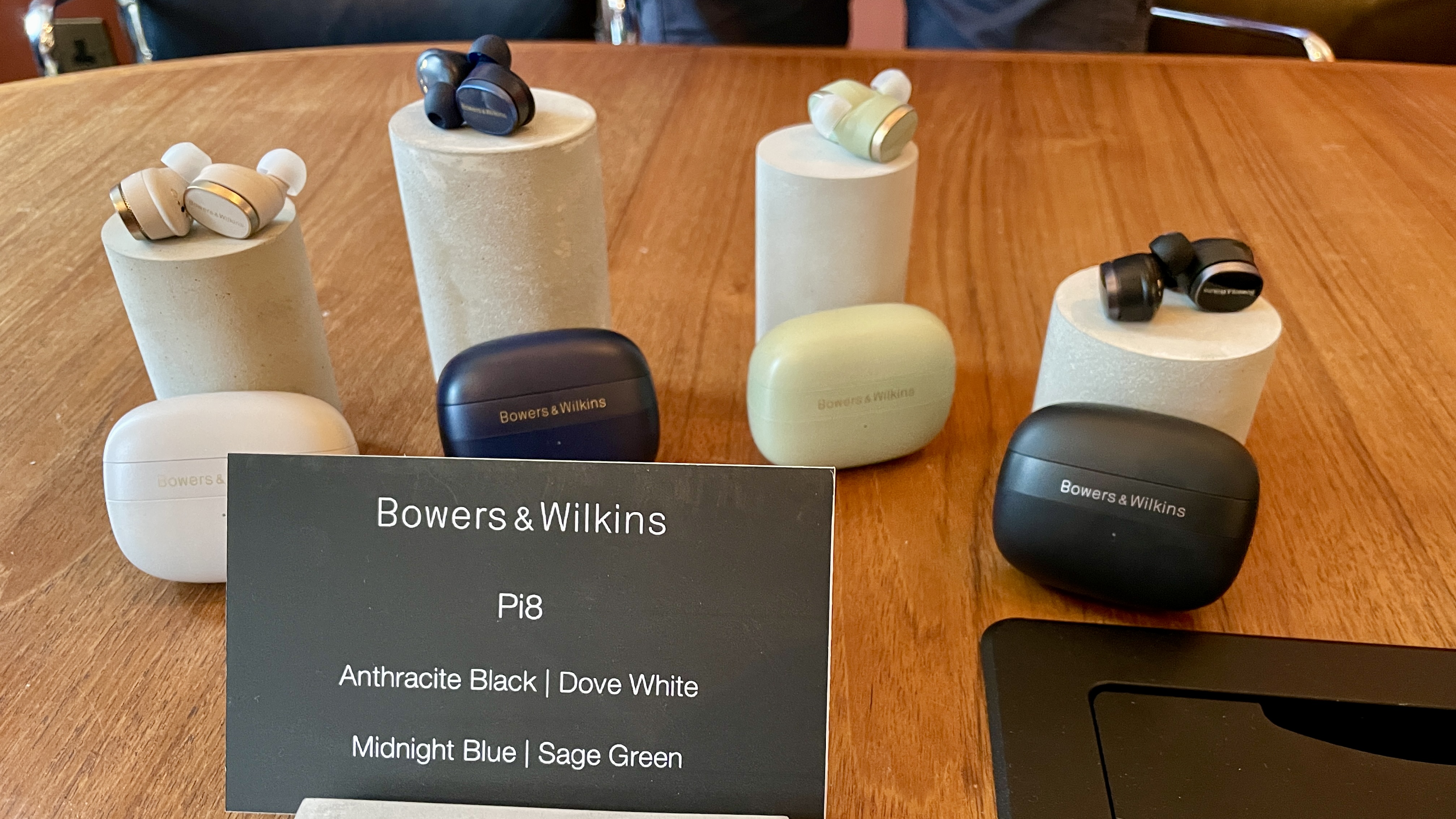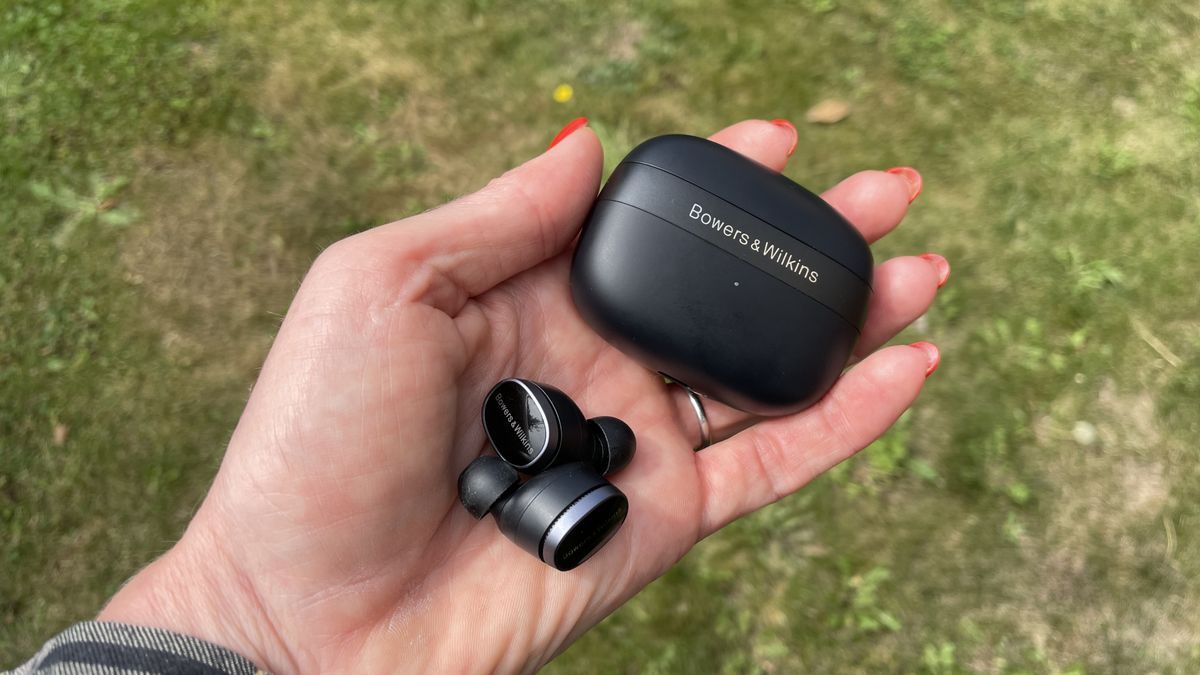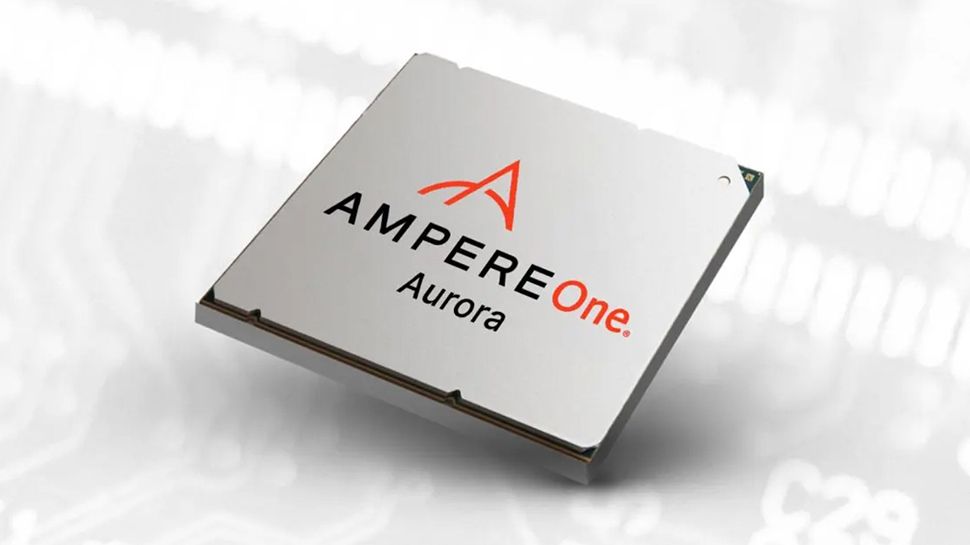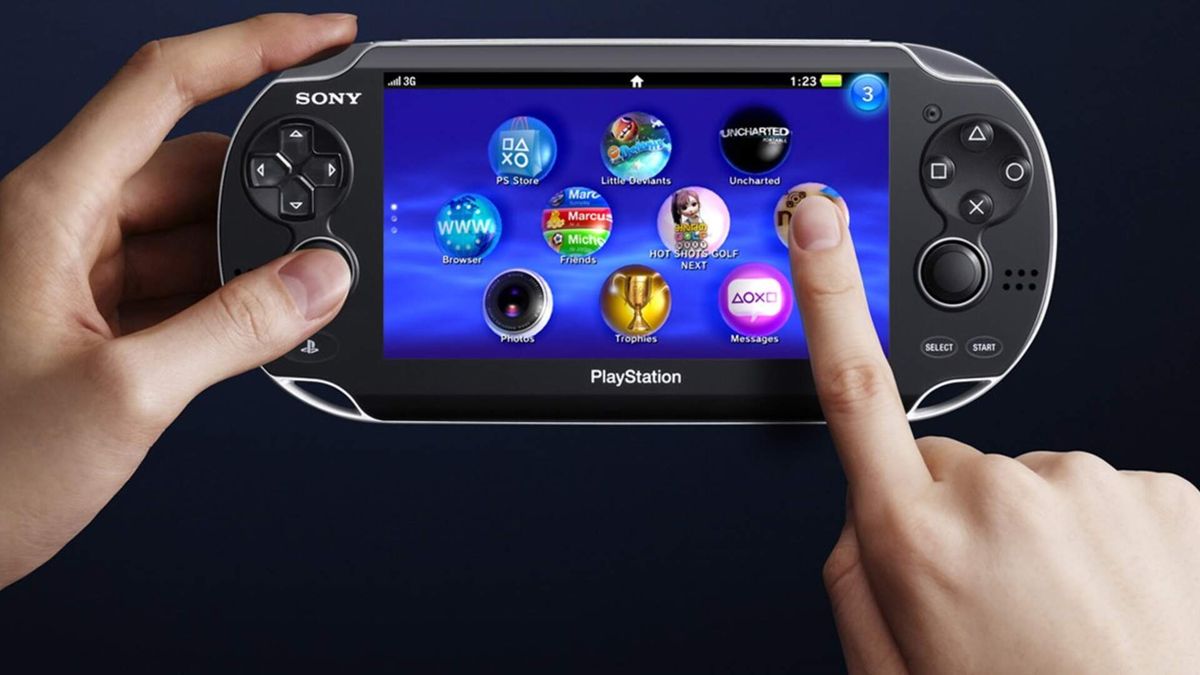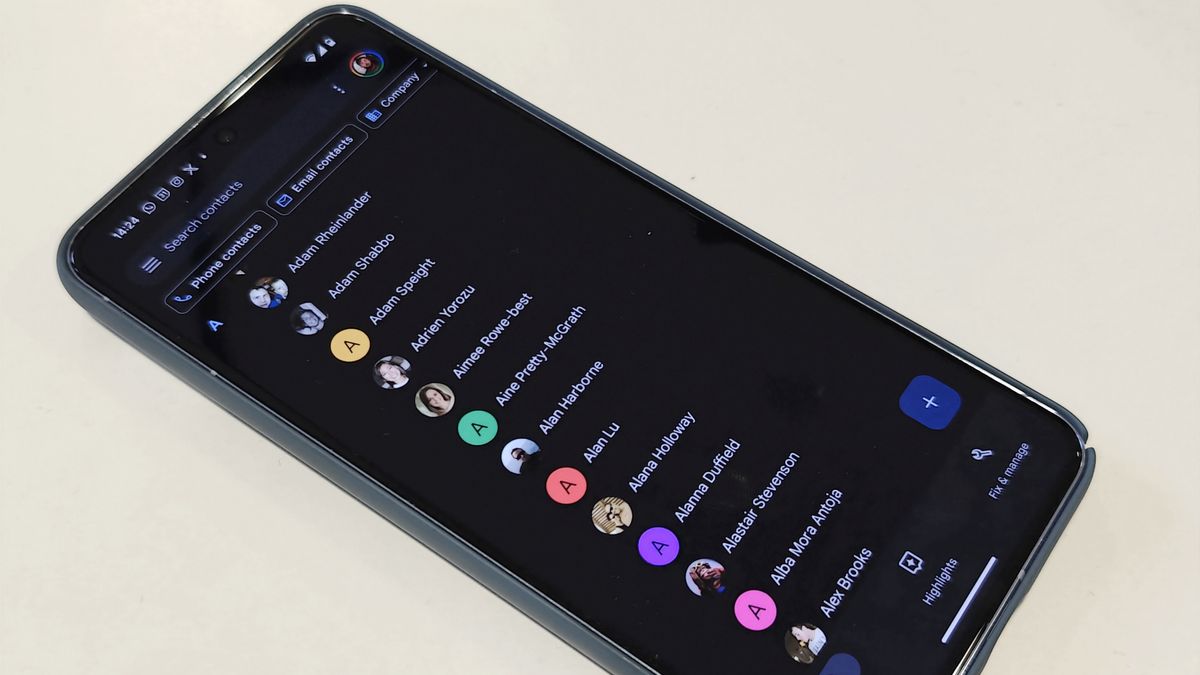Another day, another headphone launch? Not when it comes to Bowers & Wilkins, and not when it comes to the Pi6 and Pi8 either. Why? Because I have a pair of the high-end Pi8s in my ears and let me tell you, they fit like a charm, but let’s not get ahead of ourselves.
Bowers & Wilkins has long prioritised sound quality, and both new models, the Pi6 and Pi8, support aptX Adaptive up to 24-bit/96kHz for Hi-Res sound quality.
So what are the main differences between the two offerings? Well, audiophiles will want to know that aptX Lossless support is reserved for the flagship Pi8 model, for CD-quality 16-bit, 44.1kHz lossless audio quality. via Bluetooth. Plus, while the Pi6 features new 12mm bio-cellulose drive units (based on the tech used in the Bowers & Wilkins Px7 S2e, B&W’s 2023 update to its actually pretty good PX7 S2 on-ear headphones), the flagship Pi8 adds an upgraded DAC, DSP and amplifier components from ADI, so effectively bypassing Qualcomm’s solution inside the chipset, plus the Carbon Cone drive drive tech first used in its excellent top-tier PX8 on-ear headphones – so there’s some thoughtful design correlation there.
Additionally, with the Pi8 you get the Case Streaming feature first seen on the Pi7 and January 2023 Pi7 S2, which lets listeners wirelessly stream audio to their headphones from connected analog or digital sources (think in-flight entertainment systems, home computers, or newer USB-C-enabled iPhones). It’s not the first case capable of such a thing (check out the Jabra Elite 10 Gen 2 or the LG Tone Free T90S for something similar), but B&W’s Case can now stream in aptX Adaptive, at up to 24-bit/96kHz quality for a valuable performance boost over the Pi7 S2…
Comfort is key
But for me, none of these are the biggest draw of the company's latest offering. And what is? Well, I've been heavily critical of the Pi7 S2's comfort, writing: “The thing is this: the shape of the Pi7 S2 isn't especially small or ergonomic, to the point where I have to stretch my right ear around the main body of the unit and push the earpiece down, to snap it into place.”
Yes, they were jewel-like and very beautiful in my hand, but in my ears they felt less than fabulous. And I'm happy to report that this has all changed now. As well as removing the metal caps for easier connectivity, the design of the driver housings has been completely redesigned and, if I'm honest, is similar to the clamshell design of the splendid Technics EAH-AZ80, which is no bad thing. Also, the top of each earcup is now a large capacitive touch surface with more advanced sensors, and in my early testing the on-ear controls are responsive and useful.
The Pi8 are without a doubt the most comfortable headphones the brand has ever made, even at 7g (which feels heavy in this space, but they don't feel it) and, because sound quality was never the issue with the B&W output, I predict a enormous Obviously this is not a complete review, but that is my first impression.
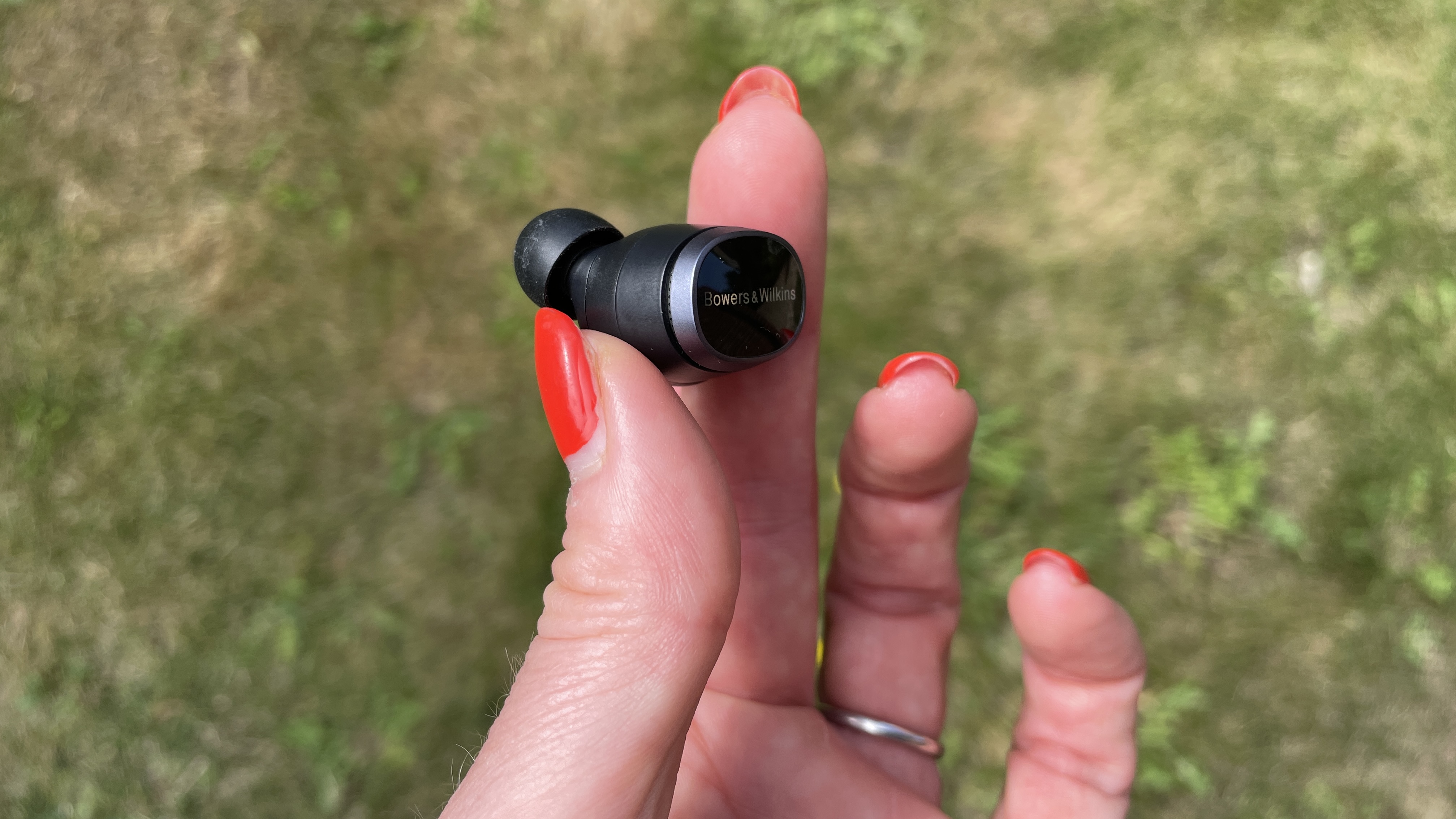
Both sets of B&W earbuds use the latest Bluetooth 5.4 specification and gain dual-device multipoint support, IP54-rated protection (earbuds only) plus improvements to setup and user experience, including ‘Made for iPhone’ (MFi) support for seamless integration with iOS devices and support for Google Fast Pair (GFP) promised shortly after launch.
Pi8 owners can also access a user-adjustable Bowers & Wilkins advanced five-band EQ feature to fine-tune the sound of the headphones to their personal taste (bass and treble tone control settings are included for Pi6 users) and both the Pi6 and Pi8 feature three carefully positioned microphones in each earcup.
As you’d expect, the Pi6s are built around the same noise-cancelling platform used in the outgoing Pi7 S2s, while the Pi8s adopt the tech found in the higher-end Px8 headphones. This is paired with a new ANC noise-cancelling algorithm developed by B&W, and the company told me that while they’re not making any big promises about the active solution (it was already pretty good), you’ll get up to 5dB of extra noise cancellation passively thanks to those design improvements.
The resistance speaks to us and money is king
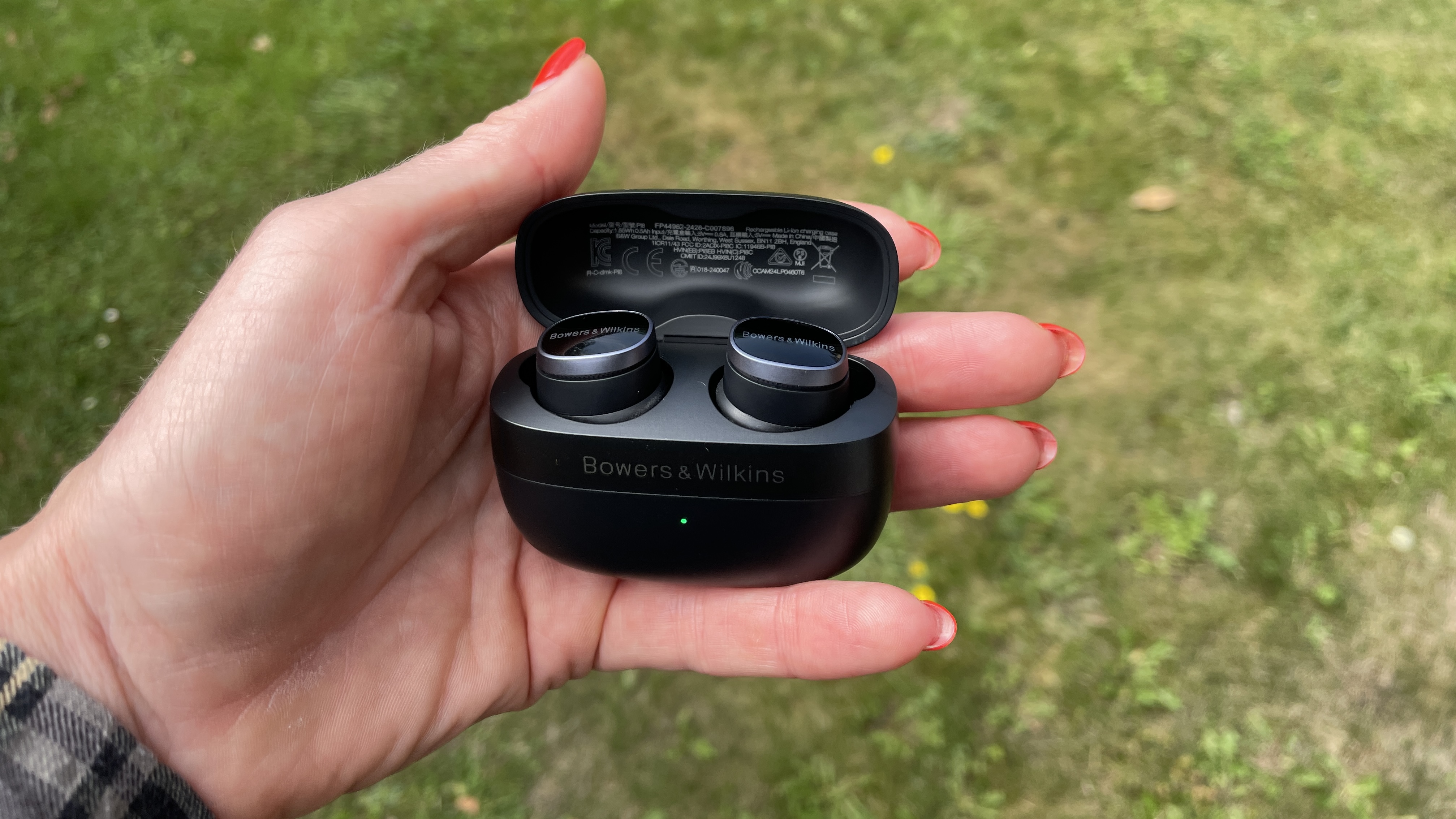
Both the Pi6 and Pi8 offer more battery life than their bigger brothers, although not a lot More. The Pi6 promises up to eight hours of listening time with the earbuds before they need to be charged, and the charging case offers up to 16 more hours of use for a combined total playtime of 24 hours. The Pi8 offers 6.5 hours with the earbuds and 13.5 more hours with the case, for a total of 20 hours of use – but the good news is that all of these numbers are with active noise cancellation turned on. For clarity, the Pi7 S2's lasted five hours with the earbuds (with active noise cancellation turned off) and 16 more hours with the charging case, for a total of 21 hours.
The Pi6 and Pi8 are available in a number of different finishes. The Pi6 will be offered in Storm Grey, Cloud Grey, Forest Green and Glacier Blue, while the Pi8 will be available in Anthracite Black, Dove White, Jade Green and Midnight Blue.
The Pi8 will be available from today (21 August) priced at $399/£349/AU$599. The Pi6 will be available from 15 September priced at $249/£219/AU$449.
Considering the Pi7 2021 also launched at $399, £349 or AU$699, it’s good to see Bowers & Wilkins not raising the asking price, though this is still a very high price compared to rivals in our guide to the best noise-cancelling headphones. Don’t miss my full, in-depth review of the Bowers & Wilkins Pi8.
